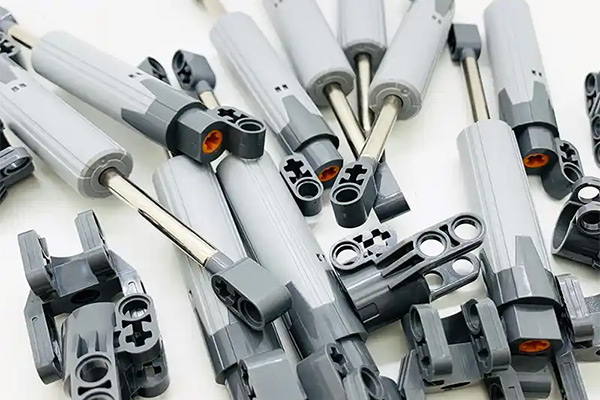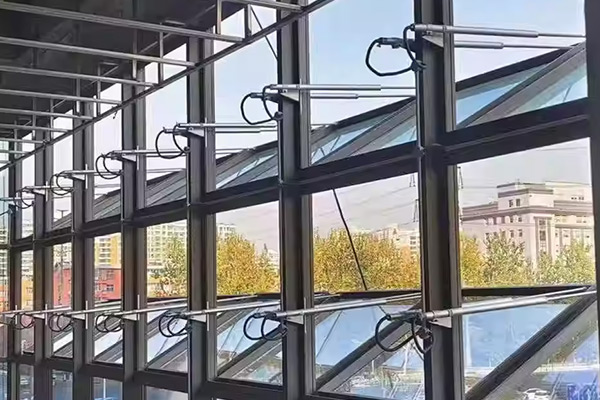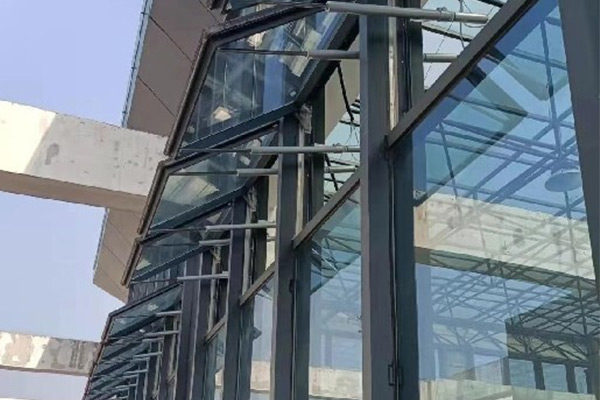How to keep the electric scissor lift up to date with technological trends?
How to keep the electric scissor lift up to date with technological trends
1. Integration of intelligent technology
Internet of Things and Remote Control
Integrating IoT technology to achieve remote monitoring, fault diagnosis, and real-time data feedback of devices, such as collecting parameters such as lifting speed and load status through sensors and synchronizing them to the management platform.
Support multi device linkage (such as collaboration with factory automation systems or smart construction site platforms) to improve operational efficiency and safety.
Intelligent operation interface optimization
Develop a human-machine interaction interface (HMI) to achieve precise adjustment of parameters such as lifting speed and height of electric scissor lift through touch screens or mobile terminals, reducing operational complexity.
2. Drive system and energy technology upgrade
Electrification and Hybrid Power
Gradually replacing traditional hydraulic drive, adopting high-efficiency motor and lithium battery technology to improve energy efficiency and achieve zero emissions, suitable for indoor and environmentally sensitive scenarios.
Explore hybrid power solutions (such as electric+solar) to extend device range and reduce usage costs.
Lightweight and high-strength materials
Optimize the scissor mechanism using aluminum alloy and carbon fiber composite materials to reduce the overall weight and enhance mobility while ensuring load-bearing capacity (such as over 300kg).
3. Security and Performance Innovation
Active safety protection system
Integrated anti tilt sensor, overload alarm, and emergency braking function, in compliance with international safety standards (such as EN 280), can reduce accident rates by more than 30%.
Develop adaptive balancing technology to dynamically adjust hydraulic or electric systems to cope with complex terrains such as slopes and soft foundations.
Modular design
Adopting standardized components and modular structure for quick maintenance and functional expansion (such as adding high-altitude work platforms or logistics transportation modules).
4. Scene adaptation and green transformation
Diversified application scenario development
Develop customized lifting solutions for emerging fields such as logistics warehousing and medical rescue, such as low-noise electric scissor lift adapted to hospital environments.
Strengthen the research and development of vehicle mounted and towed products to meet the needs of field operations and mobile scenarios.
Circular Economy and Low Carbon Manufacturing
Promote green production processes, reduce steel waste and energy consumption, and lower carbon emissions throughout the entire lifecycle through recycling and reuse.
Summarize
The technological iteration of electric scissor lifts needs to focus on four directions: intelligence, electrification, safety, and scene adaptation, combined with the Internet of Things, lightweight materials, and modular design to achieve breakthroughs. Enterprises should prioritize independent research and development of core components such as motors and sensors, while strengthening collaborative innovation with ecosystems such as smart cities and Industry 4.0 to maintain market competitiveness.
-

How to keep the electric scissor lift up to date with technological trends?
-

How to keep the electric scissor lift up to date with technological trends?
-

How to keep the electric scissor lift up to date with technological trends?
-

How to keep the electric scissor lift up to date with technological trends?

